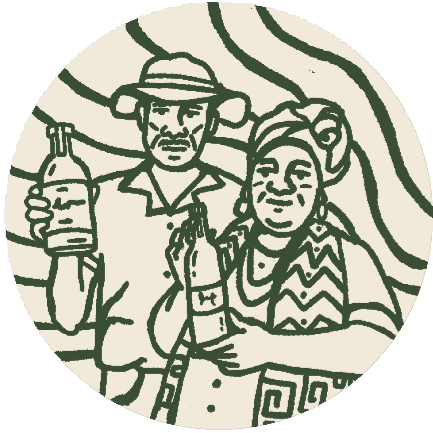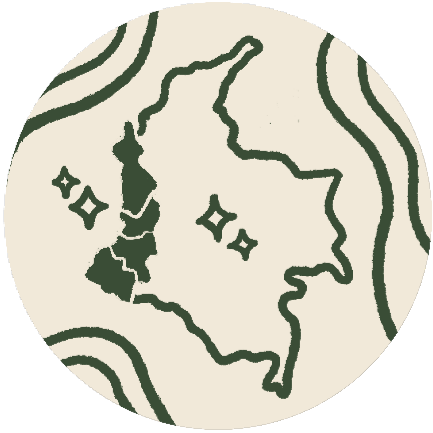If you've ever wondered what viche or biche is, here's the answer. Viche is a Colombian spirit, more specifically, it's a traditional and ancestral distilled beverage of the Afro-Colombian communities from the Pacific Region, with significant social and cultural significance. The origin of the word “viche” comes from the Bantu term “Bichi” from the African continent, and its meaning would be an unripe or immature state of fruit; which often leads to the misconception that viche is a distillate of "raw" sugarcane, but this may not be the case as the sugarcane must be ripe.
This spirit is produced by distilling the fermented juice of ripe sugarcane in a traditional still, and it is in this distillate where much of the struggles and resistance processes that Afro-Colombian communities have undergone since colonization are inscribed, marked by stigmatization, persecution, and absence of the State. With the Viche Law of 2021 and the inclusion of this beverage as Intangible Cultural Heritage of the Nation, there is now an opportunity to modify the country's relationship with this community and its flagship expression.
Viche is a unique distillate in Colombia and the world because it not only has an exclusive designation of origin – the rural riverine and coastal areas of the Colombian Pacific Region – but also, to be called viche , it must be exclusively produced by Afro-Colombian communities. Its designation of origin has both territorial and ethnic character. This is how the processes of struggle and resistance of Afro-Colombian communities are reflected in the production processes of viche which are directly linked to rurality and traditional techniques that have enabled them to maintain a balance with their environment.
"To talk about viche is to talk about struggle, marooning, and resistance."
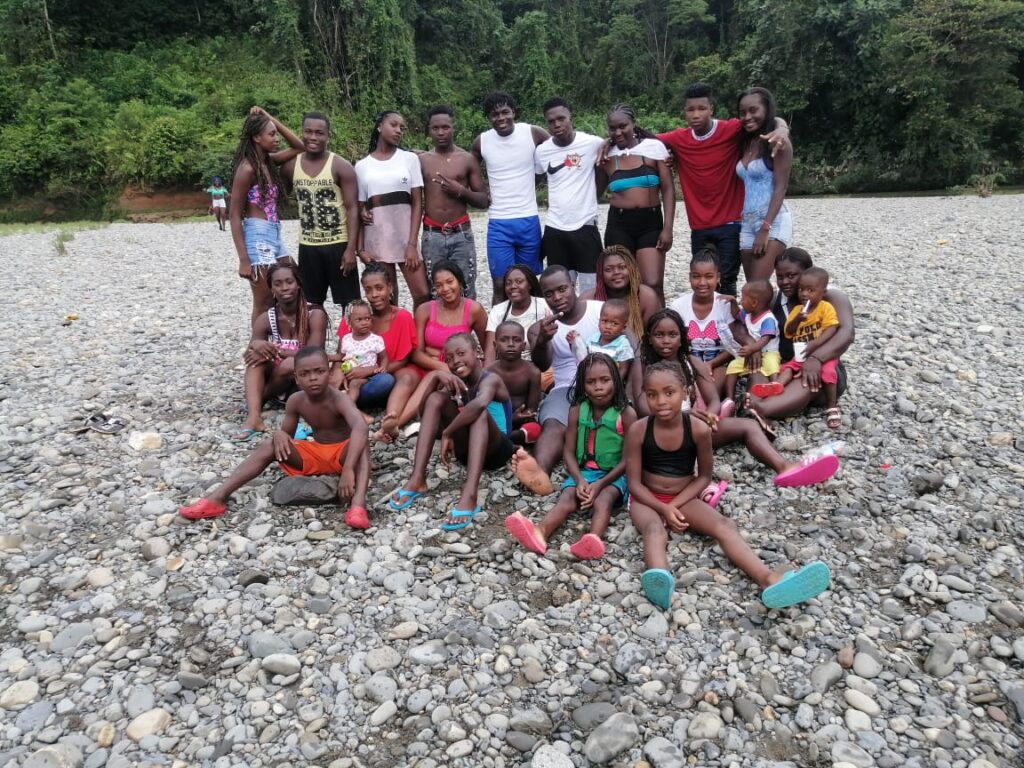
The municipalities in the riverine and coastal areas with a history of viche production are located in the departments of Nariño, Cauca, Valle del Cauca, and Chocó. These locations are linked to the settlement processes following the liberation struggles of the Maroons during the colonial era and after the abolition of slavery. The territory comprising the Pacific Region allowed them to resist in their struggles for freedom. Talking about viche also means discussing these historical resistances and the rights acquired. It involves discussing community struggles against stigmatization, persecution, and the prohibition of ethyl knowledge of the communities in the face of a State that has often been absent and has legitimized violence and inequality in these territories.
Viche is deeply ingrained in the life of the communities of the Colombian Pacific. Many viche masters and mistresses express that viche exists long before birth and even after death. It is part of the social fabric of Afro-Colombian communities as it constitutes their social, spiritual, and symbolic practices, and currently, their economic activities. Viche reflects the ways in which they understand and have lived in their territory through acts of resistance that have emerged throughout history.
"Each viche is unique; that's the particular richness of this distillate."
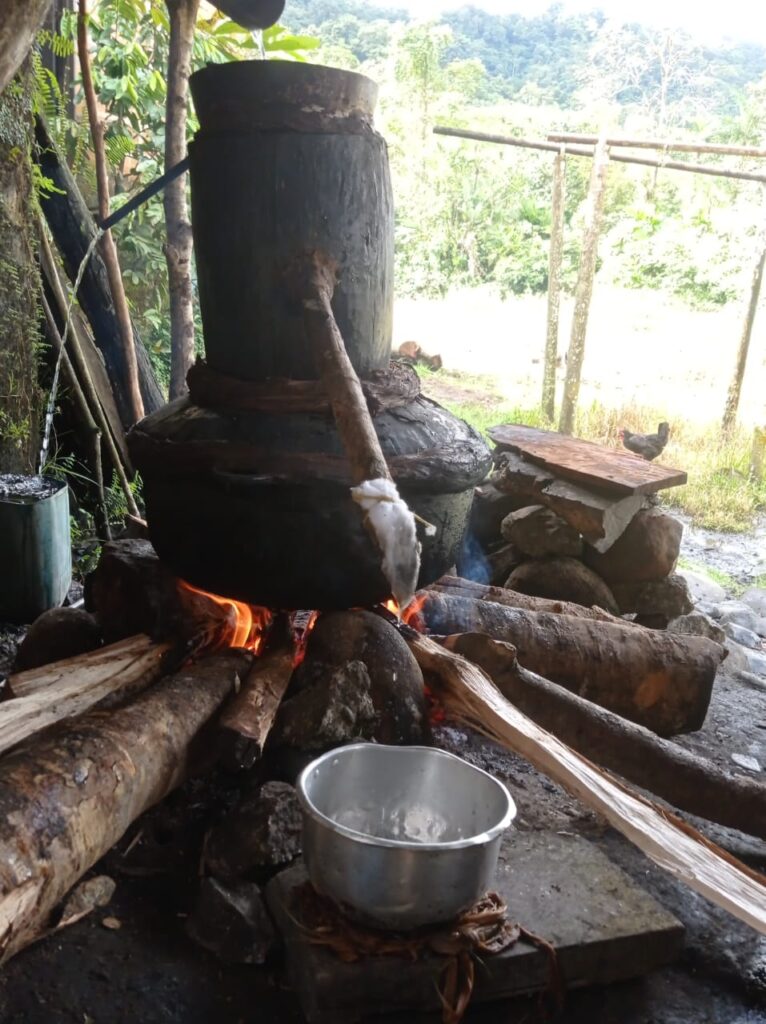
Viche is not just a sugar cane distillate; it gives meaning to many everyday actions. It has given meaning to the way communities relate to the sea and the river, to agriculture and respect for growth cycles, to the jungle, the uses it allows, and the respect it deserves. In everyday life, viche has allowed for the healing of ailments and diseases with the knowledge of healers, helping against snakebites in the wilderness, as the jungle is called, caring for pregnant women with the help of traditional midwives, welcoming newborns, bidding farewell with chigualos and songs to girls, boys, and people who pass away, among many other expressions.
"Throughout history, it has been women who have preserved and transmitted the knowledge of making viche, from mothers to daughters, from grandmothers to granddaughters, or among close female friends."
The role of women in the history of viche has been supremely relevant, as the social organization in many communities of the Pacific is matrifocal[1], meaning that women lead childcare and decision-making in families. This has allowed knowledge about viche production to be transmitted across generations, from mothers to daughters, through oral tradition and practical application of knowledge. It has been women, especially, who have preserved and transmitted knowledge about viche, including its cultivation, care, cane juice extraction, distillation, potential by-products, and various uses.
While historically it has been women who have been responsible for the production and transmission of knowledge about viche, today, thanks to the economic boom in this activity, there is a new generation of producers with a significant presence of male population.
As a distilled spirit made from sugarcane, viche has its characteristic sweetness and the unique richness that each of the producing regions contributes to this beverage. In each territory, knowledge about various and particular ways of producing it has been passed down, and the final result will depend on the characteristics of the space and the secrets established by each of the producers. Viches taste much more than just sugarcane; they also carry the flavors of the river, the jungle, banana plantations, or fruit trees. They may taste of the acidity of the sea on some occasions, and in others, they may have hints of estuarine waters. The rich biodiversity of the Colombian Pacific, as well as the various fermentation and distillation methods, create particular organoleptic characteristics in different viches.
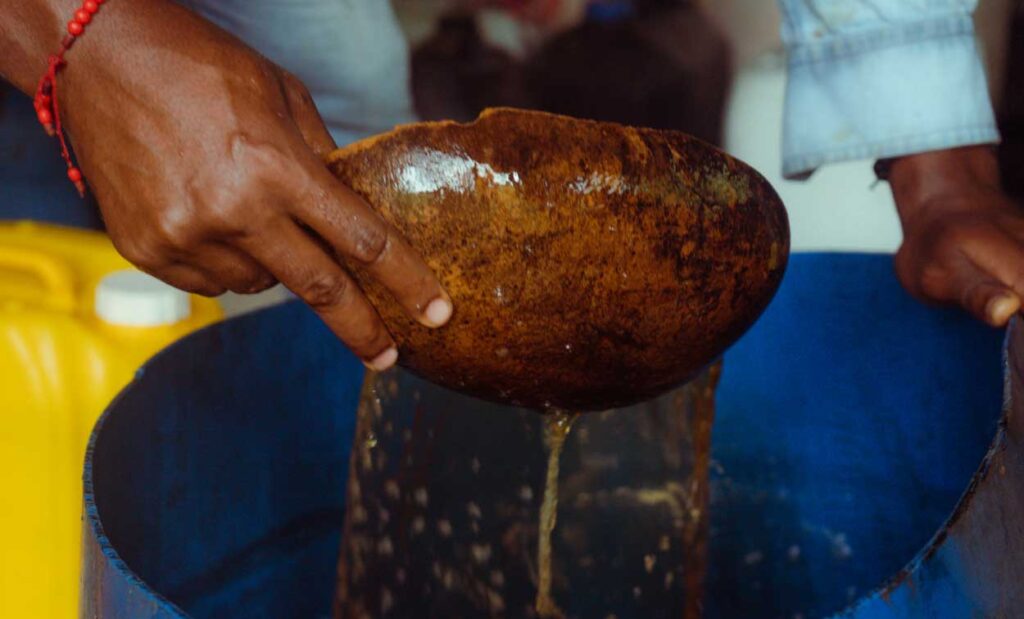
We are at a special moment in the history of our country; we have the opportunity to know, respect, admire, and enjoy a spirituous beverage that is unique to our ethnic and geographic diversity. A singular distillate of great quality that represents a people, a territory, a way of seeing and interpreting the world, and that is now within everyone's reach!
[1] ICANH (1997) lo expone en el informe 11 “La ruta del viche” sección “matrifocalidad”

